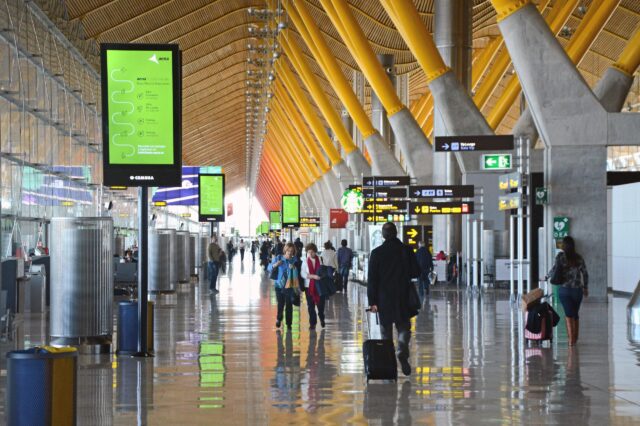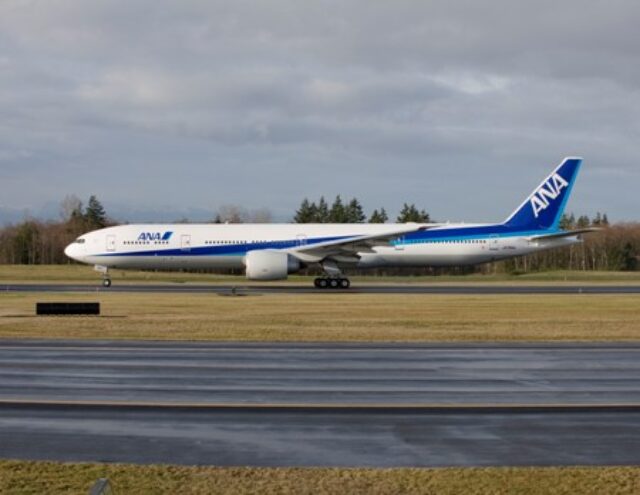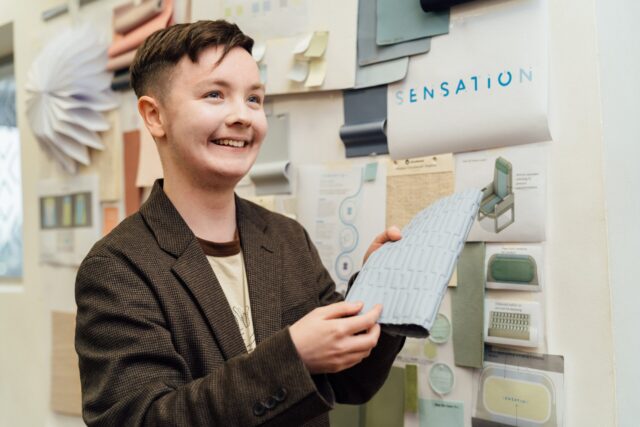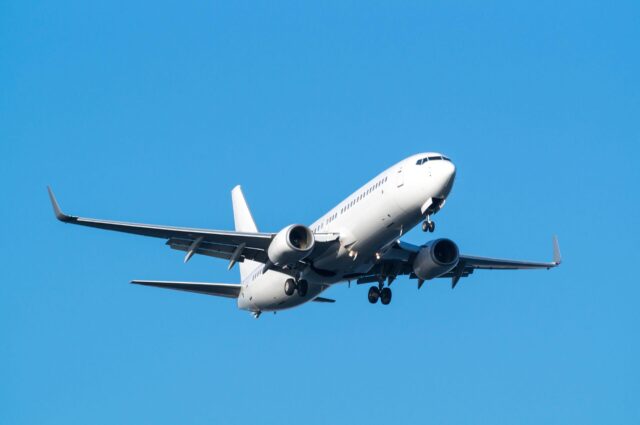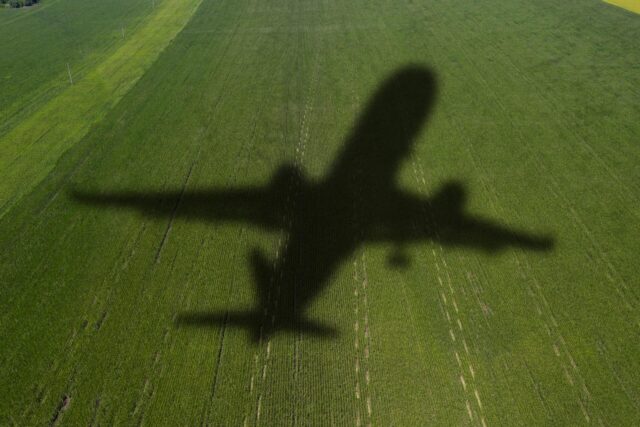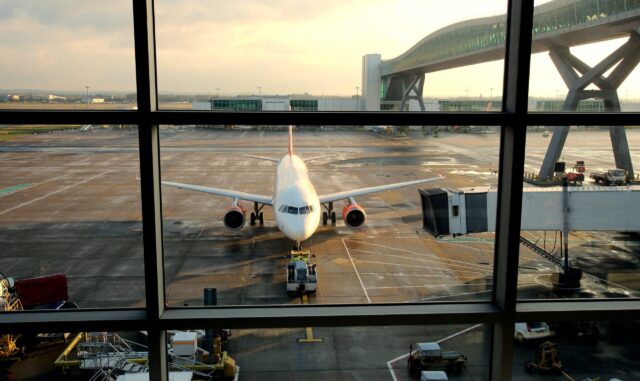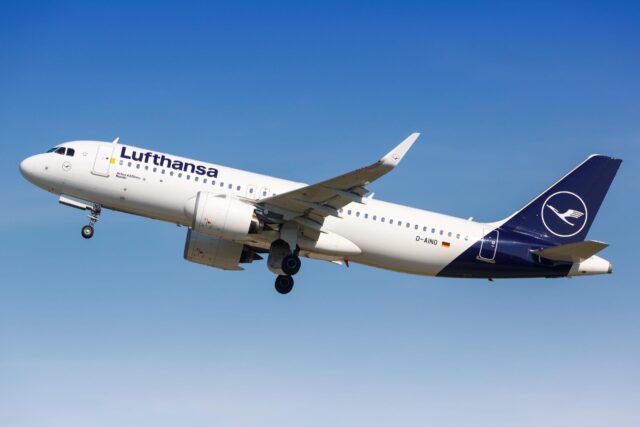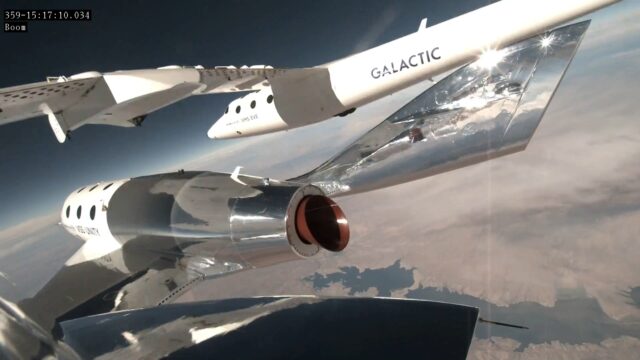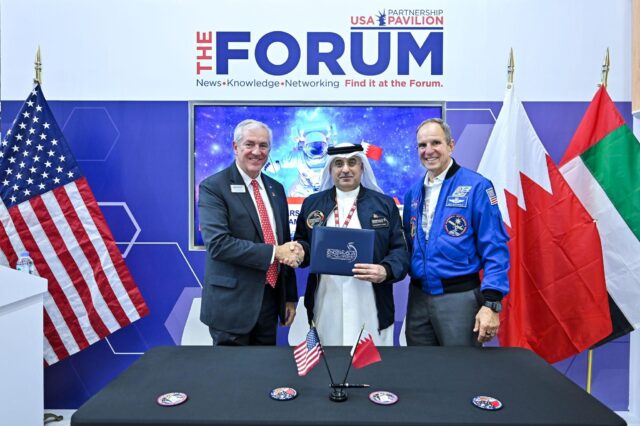Ready, Set, Rover: Venturi Space presents Mona Luna during Paris Air Show

June 20, 2025

French lunar mobility specialist Venturi Space unveiled its European-built rover, Mona Luna, which is designed to carry large payloads, earlier this week in Paris.
The lunar rover, which has been conceived to meet the needs of the European Space Agency (ESA) and the French CNES, will help advance Europe’s efforts to achieve technological independence in the field of lunar mobility.
In line with its ambition to deploy Mona Luna on the moon’s South Pole by 2030, Venturi Space is overseeing the rover’s development from its base in Toulouse.
Designed for a wide range of payloads

Weighing 750kgs and capable of carrying a significant payload, Antonio Delfino, director of space affairs at Venturi Space explained to Aerospace Global News that the Mona Luna also features extended mobility to navigate the moon’s surface and the often loose lunar soil.
“The Mona Luna is designed to handle the contraction and expansion of materials, unlike earlier rovers that struggled with these changes,” said Delfino. “Extended mobility is a key feature, with the rover featuring hyper-deformable wheels allowing it to avoid getting stuck in loose soil.” He referenced this being a challenge for the two rovers Sprit and Opportunity when they were deployed on Mars.
Surviving multiple lunar nights
Electrically powered and equipped with three high-performance batteries which can be recharged via solar panels, the rover has also been designed to manage extreme energy variations. “Temperatures on the moon can reach a blistering 120° Celsius in the day, but plummet to -130° Celsius at night,” noted Delfino. He explained the rover’s components are placed centrally to handle these extreme temperature changes.

The ESA is supporting Venturi Space’s efforts to develop the critical technologies required for a large lunar rover, capable of surviving multiple lunar nights. The project benefits from lessons learned during the creation of the FLIP and FLEX rovers, made in collaboration with US firm Venturi Astrolab.
“As well as being capable of surviving multiple lunar nights, the rover’s extended mobility will allow it to explore the moon’s South Pole more efficiently, especially to navigate steep slopes and craters,” added Delfino.
Measuring 2.5m long and 1.6m wide, the Mona Luna weighs a total of 750kg and can travel at a top speed of 20km/h. This means it can cover longer ranges than smaller rovers, revealed Delfino. “It’s ability to transport large payloads, means that heavy scientific instruments including drilling equipment can easily be transported with the rover equipped with a robotic arm.”
Delfino also said the Mona Luna could also be used in an emergency to carry an astronaut in difficulty.
Supporting Europe’s ambitions for lunar exploration
“Our primary focus is to make ourselves fully available to the ESA and European national space agencies, said Delfino. In line with ESA’s plans to launch lunar missions, the rover is expected to be carried into space by ESA’s Ariane 6.4 launch system, before being landed on the Moon’s surface by the European Argonaut lunar lander.
However, ultimately future deployments could support demand from the private sector for a variety of purposes, including carrying payloads to the Moon, exploiting lunar resources (such as helium-3) in situ, or even public outreach campaigns.

Delfino was joined by Venturi Space’s president, Gildo Pastor, who concluded: “Space is a new frontier and Mona Luna is how we are actually going to broach it. Alongside Europe, we aim to build an autonomous lunar exploration capability to meet the scientific, economic and strategic challenges of tomorrow.”




